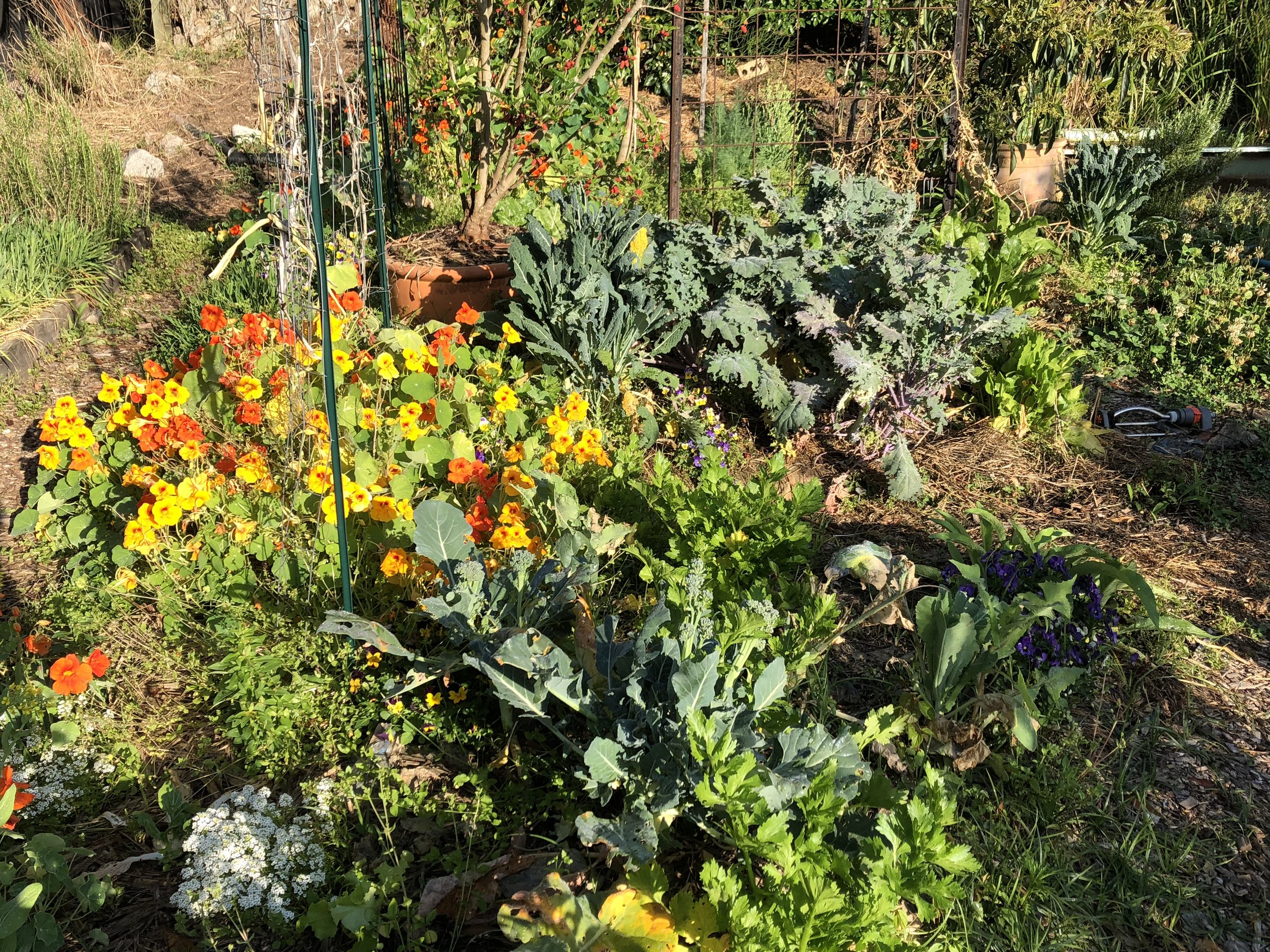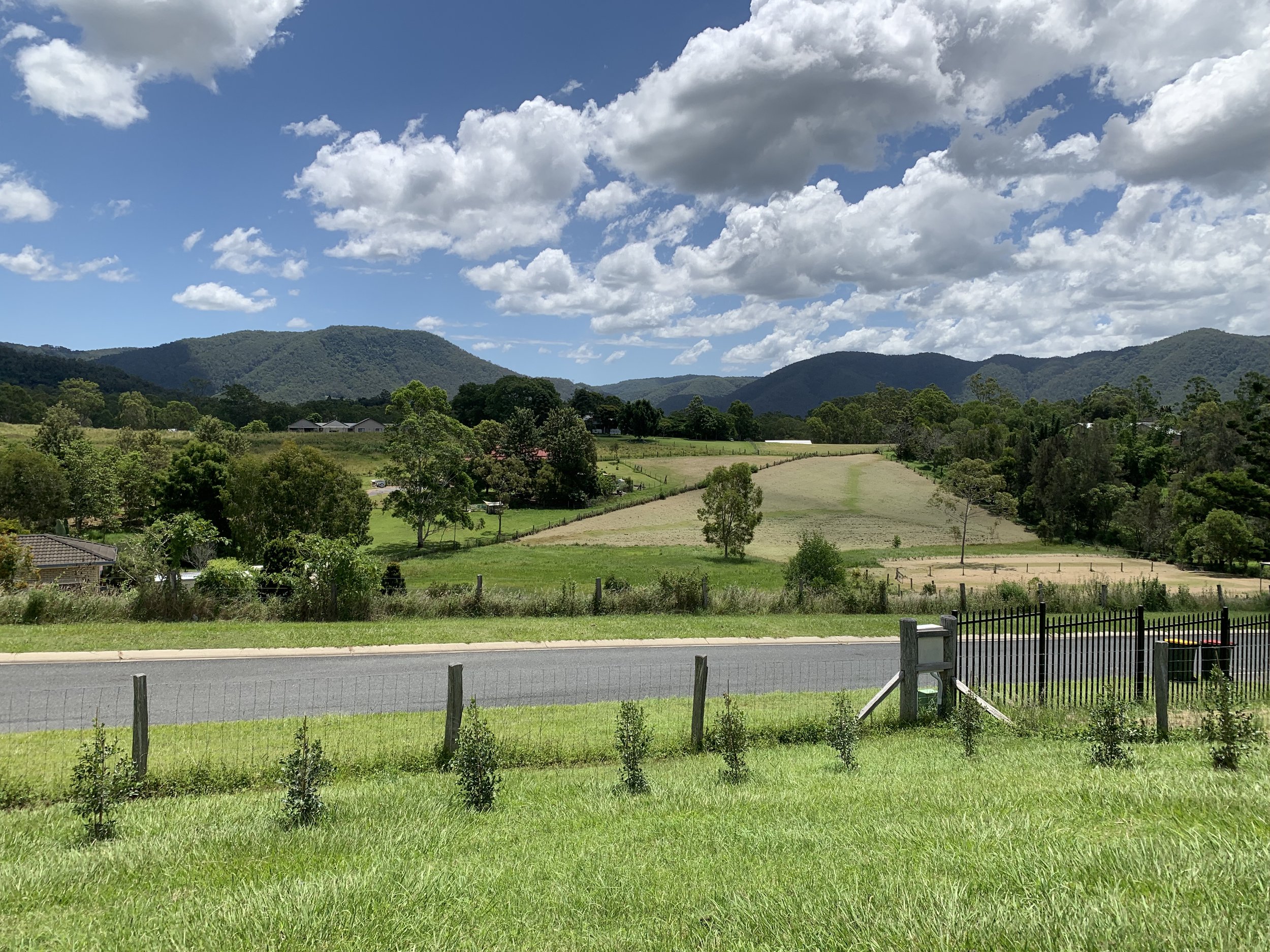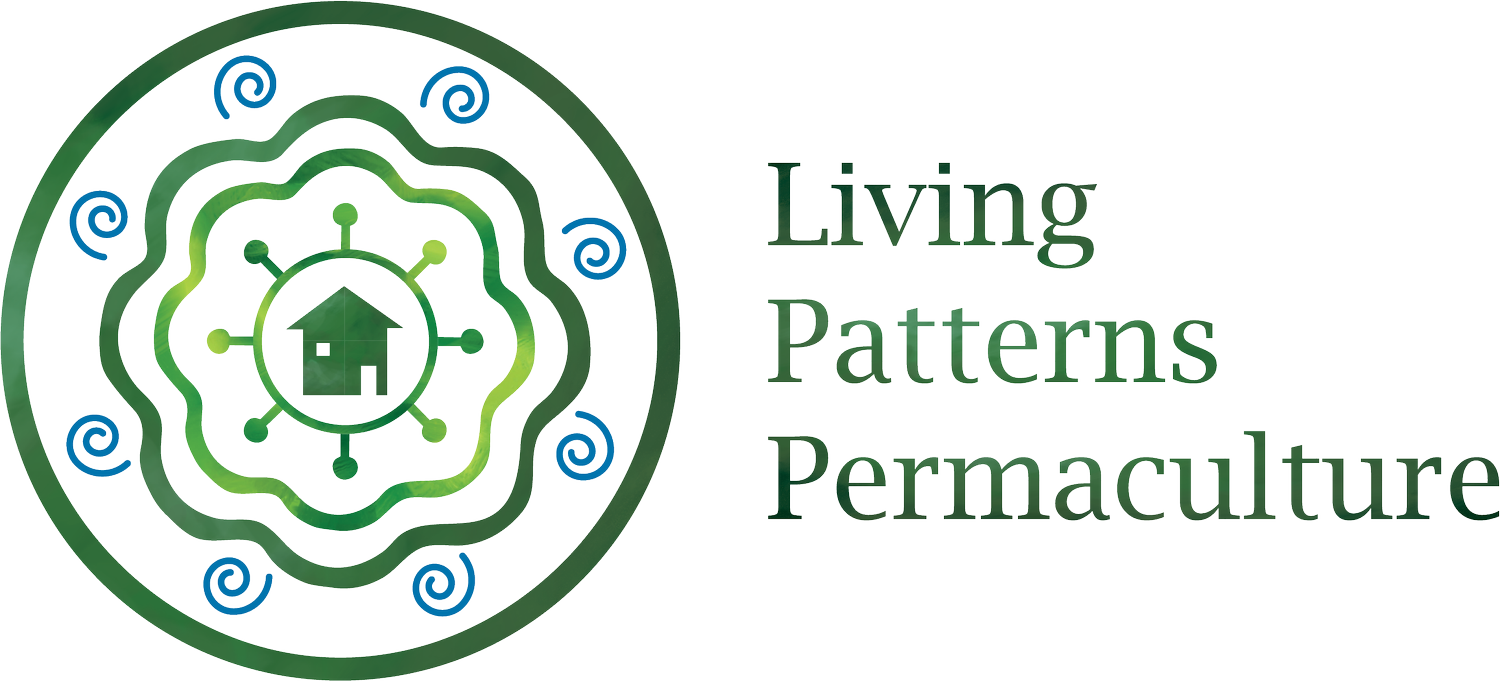
What is Permaculture?
“Permaculture is a design framework for crating resilient and sustainable ecological and social systems. It can be applied designing everything from buildings, social systems, gardens, economic frameworks and more”
Hannah Maloney 2021
A permaculture design for a given place in the landscape, is a process that can be as limited or as far-reaching as you need it to be. Your design can be focused on a garden that contributes to the sustainability and well-being of your lifestyle, or grow past this into an ongoing discovery of what it means for you to live with your place in the landscape. It can save you time, money and resources while producing a productive edible ecosystem, providing habitat and food for native wildlife and improving the quality of your home via passive heating and cooling.
To be successful, a permaculture design is a process that has to combine what really matters to you, along with the features of where you live, to create a plan that brings a life you want to live into view, while ensuring ecological needs are met.
Creating a permaculture design is an interactive process of co-creation, between the vision and needs of the client, together with the suggestions and guidance of the facilitator. Your involvement in the process is essential, as a successful design is one which grows with you, enhancing your life in the place where you live.
A permaculture design has many benefits such as:
A healthy lifestyle with increased physical and mental wellbeing
Greater food security
Savings in water, energy, time, resources and money
Elimination of chemical poisons and fertilisers from your life
Prevention and reversal of soil erosion, and increased soil fertility
Protection against droughts and floods
Conversion of organic waste into beneficial soil amendments
Capture and storage of as much water and nutrients as possible
A diverse diet from a productive garden year round
A sense of purposeful and harmonious living that cares for people and habitat

A permaculture Design
is a holistic process and considers the complex features and opportunities present in the relationship between people and living landscapes. Practically, this means taking into consideration a range of factors including:
Your life – goals and visions, skill level, family needs, garden experience
Climate – temperature, rainfall, daylight hours, frosts
Geography and topography – the location and shape of landscape, slope, ridges, valleys
Water – how it behaves in the location. How to save, store and manage it. Drought and flood preparation
Access – how life moves across the property, roads, paths, and animal trails
Vegetation – existing vegetation, vegetable gardens, fruit trees, bush tucker
Animals – livestock productivity and requirements, pet and wildlife requirements and management including feral animal management
Buildings – location of structures such as house, sheds, and chicken runs
Fencing and boundary structures – locations and types
Soils – soil type and fertility, erosion control, soil creation
Economy – client budget, potential income from property, cost savings through regenerative living
Energy – alternative power options, strategies to reduce power use, efficient use of power and human labour










